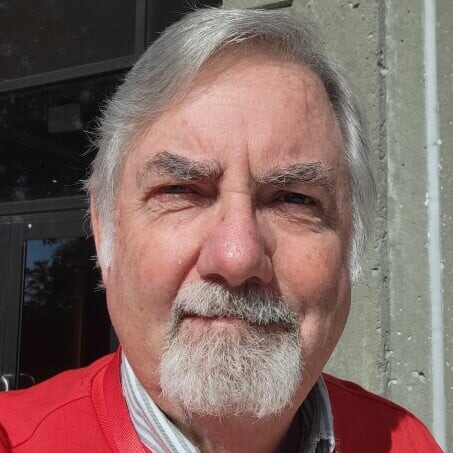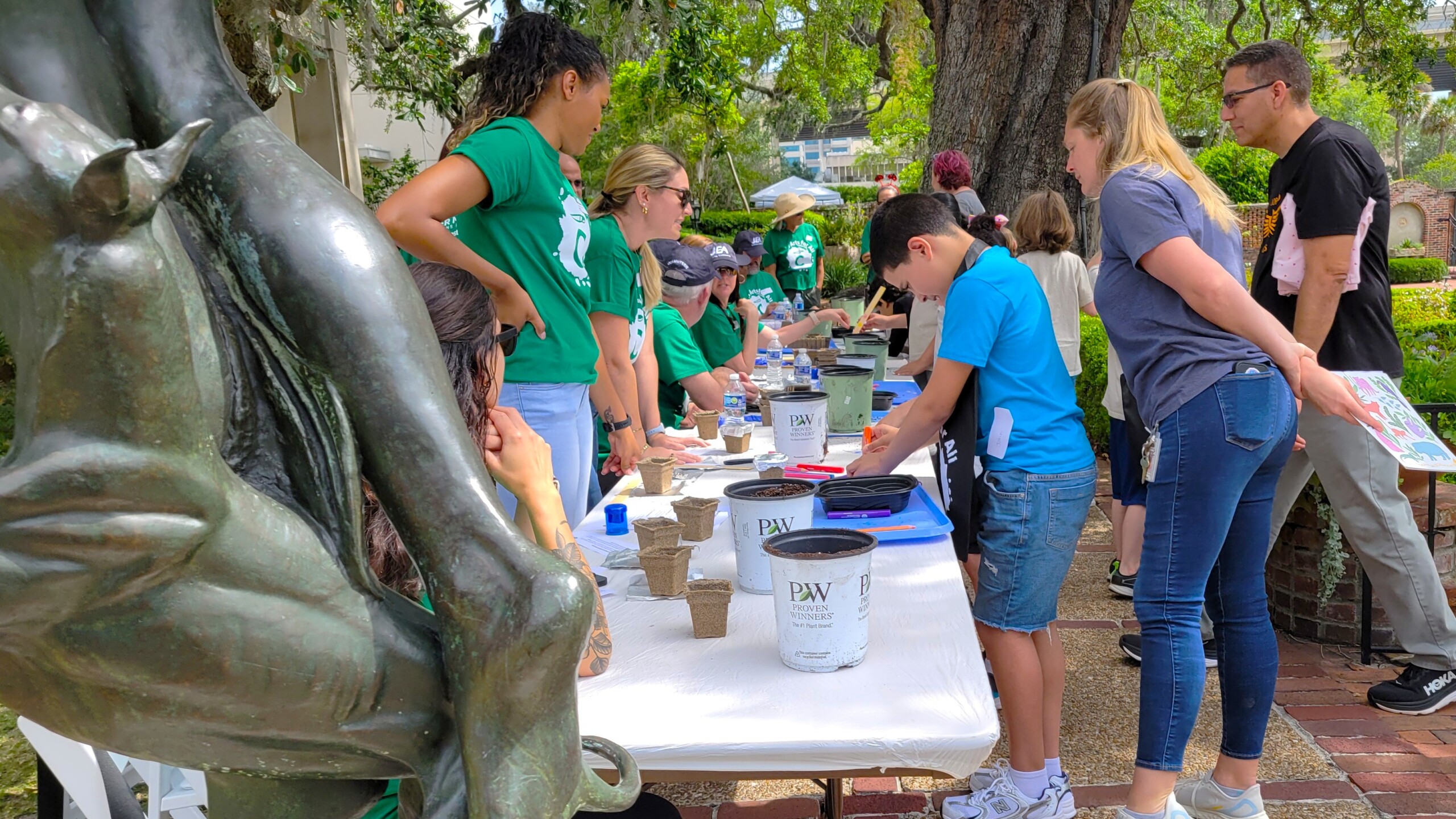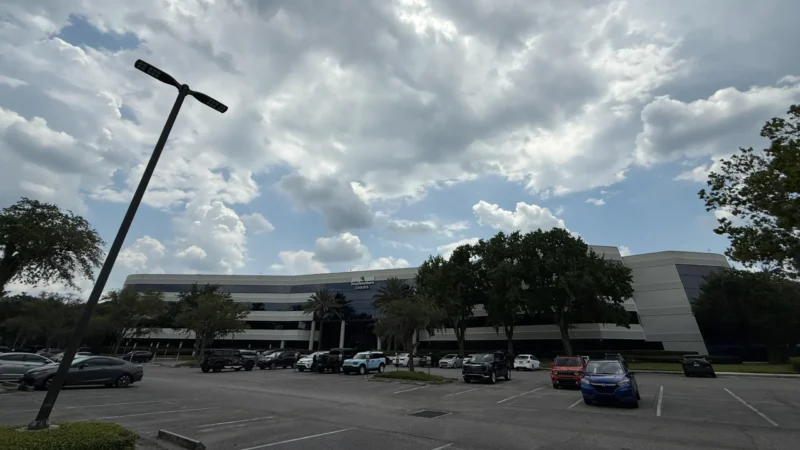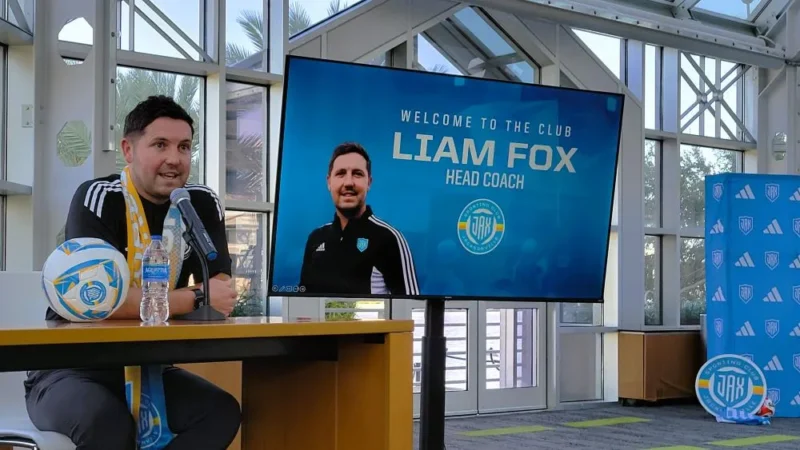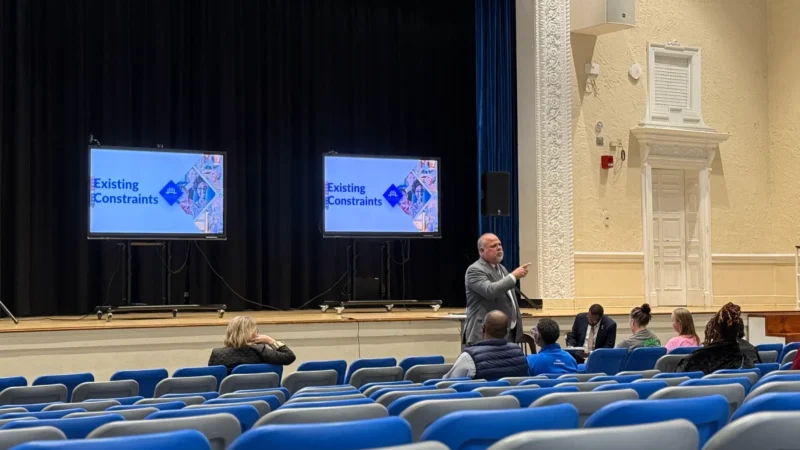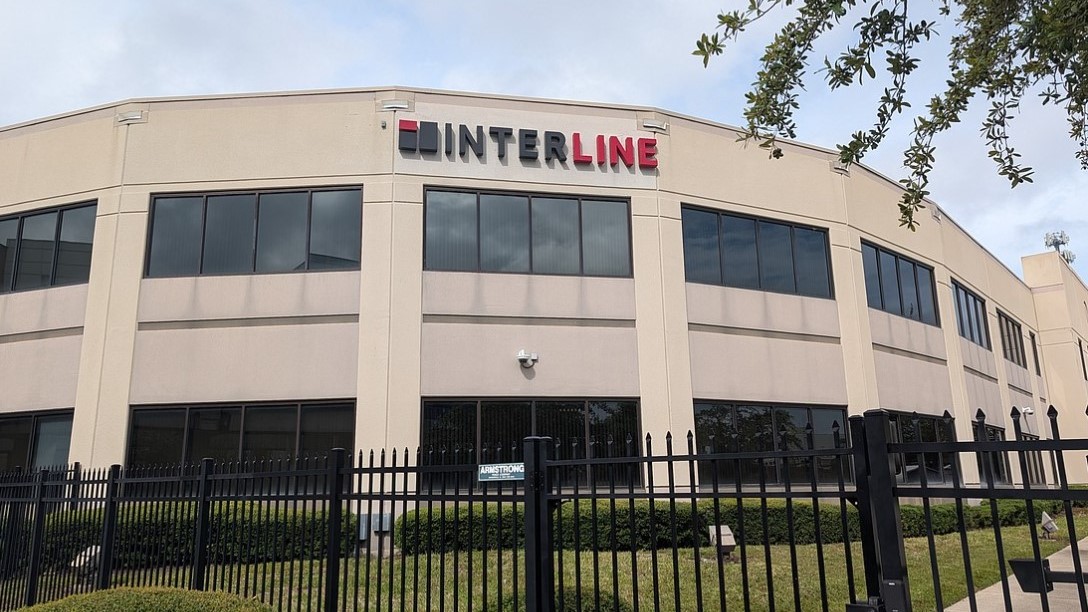Alex had just planted a sunflower seed, then made a decorated clay pot in an art studio at the Cummer Museum of Art & Gardens.
His work was part of the annual Arts for All camp for exceptional education students at the Riverside museum. The 12-year-old boy also learned about painting, then was handed a new brush and watercolors so he could paint his own back at the Broach School Ponte Vedra.
“It’s just wonderful, and it’s also fun,” Alex said. “All the pictures are nice here — lots of nice people here. It’s also spending time with your friends.”
Each spring for 30 years, the museum has opened its doors for this unique hands-on art program for exceptional education students. Held Tuesday and Wednesday at the museum, the camp offers four art stations in galleries surrounded by historic paintings, in a clay-making studio and in one of its riverfront gardens.
The program, formerly called Very Special Arts, was initiated to increase access to arts and education for people with disabilities. It was originally thought to be the only hands-on art project for students with disabilities held in a museum when it began with about 200 students at the first one.
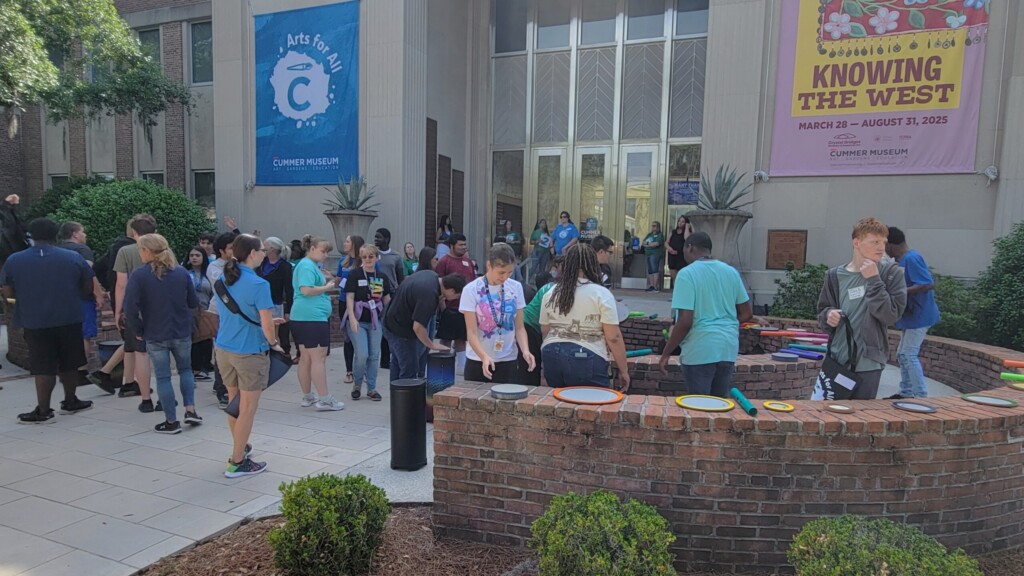
Out near the Olmsted Garden, students from Loretto Elementary School planted sunflower seeds in pots under the Diana of the Hunt statue by Anna Hyatt Huntington as teacher Samantha Fox watched. Her students eagerly await The Cummer’s annual event, one of the few in the nation where students make art inside museum galleries.
“They are always very excited. They love field trips, but they also love the hands-on things here,” Fox said. “Going to a museum is usually not something we would do with them. It is usually harder to take them to places since museums are not usually a hands-on experience. But this is more accessible for them.”
This year, 350 students from 18 exceptional education programs at public and private schools in Duval County and surrounding communities will come to the museum, said Kim Kuta Dring, the museum’s learning and engagement director.
“Within the galleries, within the gardens — it’s a great opportunity for them to be in the authentic spaces of an art museum and gardens, and doing some hands-on work designed specifically for this population,” Dring said. “Arts are transformational — it’s really a universal language, and it is important for all students, regardless of all abilities, to be able to experience the arts in an authentic way.”
Brushing potting soil off his hands, 9-year-old Jackson from Loretto Elementary School was pleased at his work.
“I planted a sunflower,” he said. “I like the projects.”
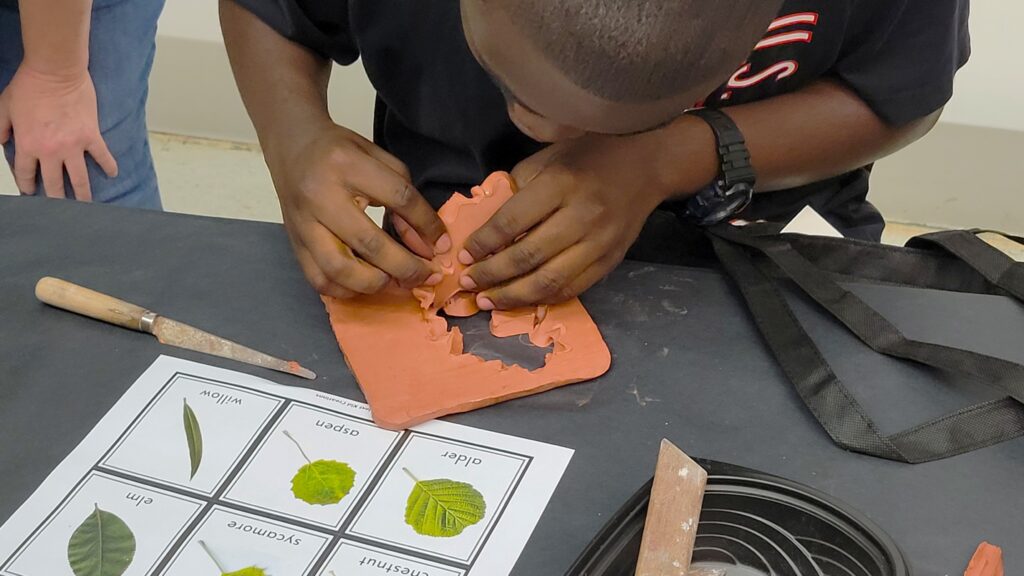
In an art studio, students are able to make their own clay pots to permanently plant their sunflower as it grows. They stamp out the shapes of sycamore, oak or other leaves in clay, then cut them out to apply to their own pots.
Another stop — a how-to-do art session — focused on Peter Reynolds’ book The Dot, about a girl named Vashti who discovers her artistic talent. Seated in a gallery surrounded by paintings, students heard some passages from the book. Then they received a brush, watercolor paint and some circles of paper to paint on at home or in class.
“They talk about the artwork around them, and (are) inspired by the book as well,” Dring said. “They get to take materials back with them so they can create their own artwork inspired by The Dot, and by the museum.”
Students got to hear — and play — a steel drum in the garden, then hear musician Arvid Smith welcome his young audience into the spotlit chamber for live music on drums and different string instruments. Smaller instruments were on the floor for hands-on learning.
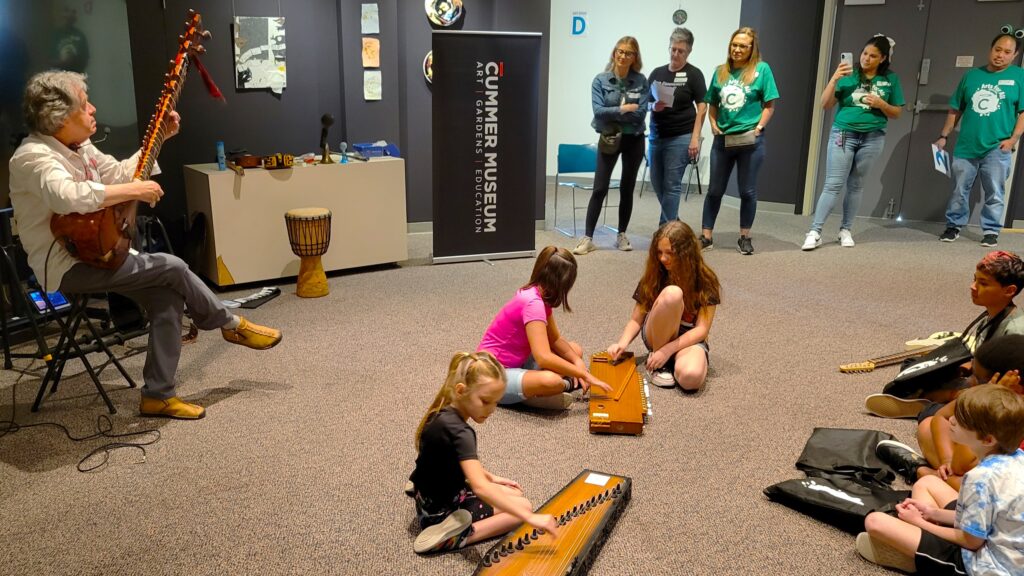
About 200 volunteers a day from 17 companies and organizations helped the children during the two-day event at the museum. One of those who has come back again and again for a decade is Kenyon Merritt, who worked at the Cummer before volunteering. She is there to help children who have never seen art, yet are allowed to do a project in a garden next to the St. John’s River.
“They go into the museum’s Round Room and listen to music, and they all of a sudden start swaying, crying and verbalizing,” she said. “It’s the most profound experience. Same thing with the river — a dolphin was out once, and a little boy said, ‘Is that a shark?’ A lot of them have never been surrounded by art, so they see these magnificent huge paintings and they don’t even know what to do with it. So it’s a phenomenal experience as a volunteer.”
For classes that could not come to the Cummer, students at 32 schools will partake in a virtual art program on Thursday, beamed into their classrooms from the museum with “all of the materials the students will need” sent to the schools, Dring said.
